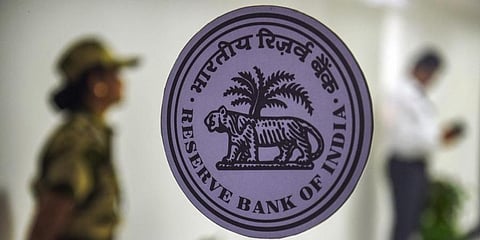

When a central bank decides to keep interest rates low, it is taking a calculated bet. It is gambling that the benefits of the low rates to the economy will be higher than its negative side effects.
Low interest rates are supposed to help spur growth. The theory is that low rates will encourage governments, businesses and consumers to borrow and spend more freely. This will result in higher demand by consumers and investments by corporations, leading to higher GDP growth and job creation. This leads to a virtuous cycle in the economy—higher GDP growth and job creation will lead to increased income, which will lead to higher consumption and so on and so forth.
Of course, the monetary policy needs to maintain a balance between economic growth and high inflation. If low interest rates result in inflation going out of hand and the creation of asset bubbles, the central bank will raise rates even if it means being less encouraging to borrowers.
When the Reserve Bank of India (RBI) chose to keep the policy rate unchanged, and the policy stance accommodative, it explained its rationale clearly. It expected inflation—though high currently—to moderate to acceptable limits going forward. Also, the Monetary Committee Policy (MPC) had decided to support growth as long as necessary through an accommodative policy stance.
Quite a few economists noted that the RBI’s assumption that inflation will moderate soon is too optimistic. The Consumer Price Index (CPI), which the MPC tracks for recommending the policy rate, has been at the higher end of the comfort zone for some time. The Wholesale Price Index (WPI), which was earlier used for setting the interest rate till the Urjit Patel Committee recommended using the CPI as the primary anchor, has been in double digits for several months now. The danger of crude prices spiking because of global tensions and upsetting the inflation calculations is very real.
But even if the inflation moderates, as the RBI expects, it is hard to ignore the side effects of keeping rates low for too long. Low rates are terrible for savers. A combination of high inflation and low rates will rapidly erode the value of money kept in a bank. For much of last year, this has been exactly the case—the interest rates have been lower than inflation. It has hit the retired and the poor, who primarily keep much of their money in bank fixed deposits and savings accounts.
Central banks still think that if the virtuous effects of low interest rates—that is high growth and employment—are achieved without inflation going out of hand, the trade-off is worthwhile. But do low interest rates actually boost growth? Of late though, the conventional wisdom is being questioned by a growing body of thinkers and researchers.
Studies show that while high real interest rates do act as a dampener to investment and GDP growth, the converse is not necessarily true. Low real interest rates will not automatically increase investment, consumption or GDP growth. Other factors come in—capacity utilisation may be too low for fresh investment in new factories. Several studies found no or at best a weak link between low interest rates and higher growth.
Also, low interest rates may not necessarily induce poor consumers—and India has a large number of those—to borrow and consume more. There is a fair amount of research that suggests that low interest rates can increase inequality because the rich are more likely to gain from this than the poor or very poor.
Low interest rates may also not help smaller businesses much, says a recent paper. The research by Ernest Liu of Princeton University, Atif Mian of Princeton University and NBER, and Amir Sufi of Chicago Booth School of Business and NBER suggests that low interest rates increase market concentration and lead to creation of monopolies or oligopolies.
While much of the research has been conducted in developed nations, the current economic recovery in India could well be seeing something like this too. Economists have pointed at India’s K-shaped recovery where a few have benefitted while others have fallen sharply behind. Big companies have benefitted and increased market share, revenues and profits sharply. They have also taken advantage of low interest rates to decrease the cost of their borrowings. Small and medium companies, struggling with falling revenues and cash flows, have not been able to take advantage of the rates.
Similarly, while the pandemic has increased the wealth of a small slice of the population, it has devastated the fortunes of the vast majority of the middle class and poor, hitting their incomes and savings. A slice of the erstwhile middle income households pre-pandemic have been pushed to the ranks of the poor—while a large number of the poor have been pushed to extreme poverty after two years of Covid-19.
In the next meeting of the monetary policy committee, these are some of the things the RBI may want to examine closely—and check if the side effects of its low policy rates do not outweigh its assumed benefits.
Prosenjit Datta
Senior business journalist